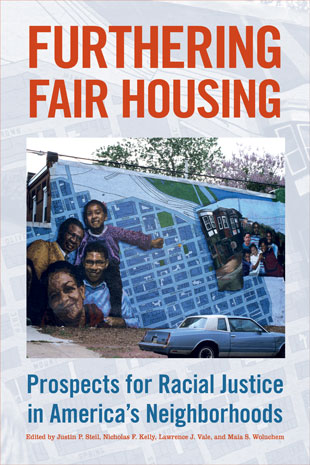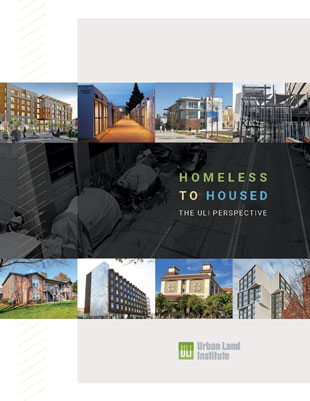 While the global COVID-19 pandemic will undoubtedly be the story that historians associate with 2020, it may not be the 2020 event that drives the most social change in the United States. The Black Lives Matter movement has forced cities to reckon with issues of racial justice far beyond discriminatory policing and police violence, including the ongoing struggle for fair housing, which has always been about much more than access to basic shelter.
While the global COVID-19 pandemic will undoubtedly be the story that historians associate with 2020, it may not be the 2020 event that drives the most social change in the United States. The Black Lives Matter movement has forced cities to reckon with issues of racial justice far beyond discriminatory policing and police violence, including the ongoing struggle for fair housing, which has always been about much more than access to basic shelter.
At the household level, fair housing is about resident and family success, and at the societal level, it is about what and whom we value as a nation. In Furthering Fair Housing: Prospects for Racial Justice in America’s Neighborhoods (2021, Temple University Press), influential housing thought leaders delve into the history of the fair housing and community development movements that have worked to improve housing opportunity for nonwhite households and provide perspectives on potential pathways forward.
The opening section of this collection of essays focuses on the “promises” of fair housing, providing the context and history that led first to the passage of the Fair Housing Act of 1968 and taking a deep dive into the process to implement the act’s “Affirmatively Furthering Fair Housing” (AFFH) rule at the U.S. Department of Housing and Urban Development (HUD) over 40 years after the act’s passage. The AFFH requires HUD and recipients of federal housing funds to undertake efforts to reduce patterns of housing segregation and to build inclusive communities, in addition to fighting racial discrimination in housing.
Authors Nicholas Kelly, Maia Woluchem, Reed Jordan, and Justin Steil argue that local fair housing assessments submitted to HUD by 49 local jurisdictions as part of the AFFH process before it was suspended demonstrated the rule’s potential for generating solutions. The assessments “put forward a range of creative goals to affirmatively further fair housing, including measurable objectives and innovative policies intended to make access to place-based resources, such as high-performing schools or access to jobs, more equitable.” They note that further research on effectiveness is needed. The Biden administration plans to reaffirm the federal commitment to the AFFH rule without requiring the local assessments that critics considered overly burdensome.
A section on “protests” offers perspectives on the competing place-based initiatives of the community development organizations and spatial strategies of the fair housing movement. Howard Husock suggests that the AFFH is impractical at scale due to the “difficulty of tailoring policy such that those most likely to benefit are targeted by the program.” More important, in his view, “environmental determinism,” the notion that the zip code in which one is raised is predictive of life outcomes, has “undermined the social and physical capital of lower-income neighborhoods, undermined minority asset building, and, in effect, resisted the idea . . . that poor neighborhoods can be good neighborhoods.” For Husock, a more successful approach would “provide high-quality public goods associated with ‘better’ neighborhoods . . . rather than . . . quixotic attempts . . . to move to more affluent neighborhoods.”
Edward Goetz’s critique highlights the tension between reducing residential racial segregation and achieving other housing goals, including improving affordability and access to jobs, education, and services. Goetz is particularly critical of fair housing advocates’ efforts to resist construction of subsidized housing in communities willing to build it, rather than focusing activism on communities that oppose and exclude subsidized housing.
A final group of essays looks at fair housing’s “prospects.” Michael Lens makes a compelling case for including crime data in fair housing assessments.
The book offers timely and informative perspectives on the history and future of the AFFH and the competing place-based community development and fair housing spatial strategies. It is a worthwhile investment of time for anyone interested in the relationship of development, housing, racial justice, and household and community success.



